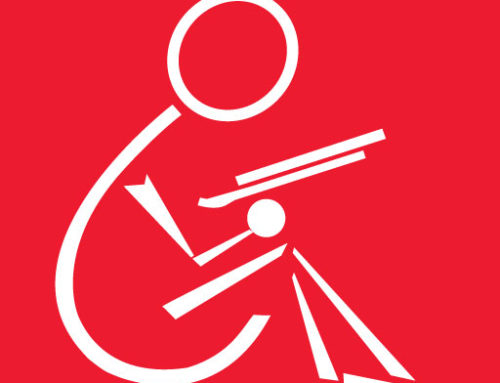 As a child, I spent almost every day at the library, especially during the summer. While part of it stemmed from my addiction to reading, the main draw for me was the library’s many programs. Each summer, the library followed a theme that included a suggested reading list for all ages, fun raffle prizes and programs that ranged from the usual sing–alongs and story times to guest speakers and activities. One year, I even won the grand prize of a library sleepover with four of my friends.
As a child, I spent almost every day at the library, especially during the summer. While part of it stemmed from my addiction to reading, the main draw for me was the library’s many programs. Each summer, the library followed a theme that included a suggested reading list for all ages, fun raffle prizes and programs that ranged from the usual sing–alongs and story times to guest speakers and activities. One year, I even won the grand prize of a library sleepover with four of my friends.
My library tends to purchase from the Collaborative Summer Library Program (CSLP). While the concept of summer reading programs has been around since the 1890s, the CSLP didn’t begin until 1987 and was based in Minnesota. Ten regional library systems created a theme and set out to produce promotional materials to encourage reading for kids through a wide array of incentives. Today, the CSLP is a consortium that represents all 50 states and the District of Columbia, as well as some territories. The CSLP aims to create a program with low costs so that many public libraries can afford to purchase its materials. You may recognize some activities sparked from last year’s theme, “Dig Into Reading.”
This year’s CSLP theme is focused on science. Kids up to age 12 can participate in “Fizz, Boom, Read!” The suggested reading list includes titles such as Viking Ships at Sunrise by Mary Pope Osborne, illustrated by Salvatore Mrudocca, and Edgar Allan Poe’s Pie: Math Puzzlers in Classic Poems by J. Patrick Lewis, illustrated by Michael Slack. Teens can look forward to reading such titles as The Face on the Milk Carton by Caroline B. Cooney, You Can’t Read This! Why Books Get Banned by Pamela Dell and Catching Fire by Suzanne Collins, while participating in their theme, “Spark a Reaction.” Adults are also encouraged to participate in their own theme, “Literary Elements.”
Illinois Reading Enrichment and Development (iRead) is a group similar to CSLP, devoted to providing “high–quality, low–cost resources and products to enable local library staff to promote reading.” The main difference between CSLP and iRead is that the latter focuses on reaching kids in grades K–8. The 2014 program for iRead is “Paws to Read” and does offer some materials for older readers.
Why is summer reading so important? Many teachers, administrators and librarians agree that the “summer slide,” or summer learning loss, can be “devastating” and that public library programs are vital for preventing this in students. This is particularly apparent for those with limited access to summer learning opportunities. The Dominican University Graduate School of Library and Information Science (GSLIS) published a study in 2010 showing that students participating in public library summer reading programs not only scored higher on reading achievement tests at the beginning of the next school year, but also read more frequently and confidently, and were more likely to stay active readers during the subsequent school year. Earlier, in 2007, School Library Media Research released similar results, reporting that the “summer effect” was accountable for consistent losses of learning in students, and the amount of these losses increased for students with disadvantaged backgrounds. Public library summer reading programs aim to close the achievement gap between students and instill the idea not only that reading is important, but also that reading should be engaged in all year long.
But don’t take my word for it; head over to your local public library today and see what’s in store for you!
Did You Know?
In April of 2014, Arizona began a trial program to keep students hooked on reading during the break between school years. Over the summer, students can access a digital library of thousands of books, anytime, anywhere, as long as they have an internet connection. Additionally, 10 percent of the titles are available in Spanish. According to the program’s Literary Resources page, students can get limited access to the library using the given login information.
Once logged in, students can browse through varied subject lists. Student–oriented categories include Math Fun, Hobbies & How–To, and Scary & Gross. Students can opt to search for either fiction or nonfiction, and they also have the option to read graphic novels. Students can also access the Teacher’s List tab, a collection of classroom libraries on subjects such as Exploring the Ocean!
Not only can student readers access the site through laptop and desktop computers, they can also access it through mobile devices. The MyON app is available for devices using Android, Chrome, Fire, and iOS.
The program is funded through Read On Arizona, an organization ”committed to creating an effective continuum of services to improve language and literacy outcomes for Arizona’s children from birth through age eight.”


